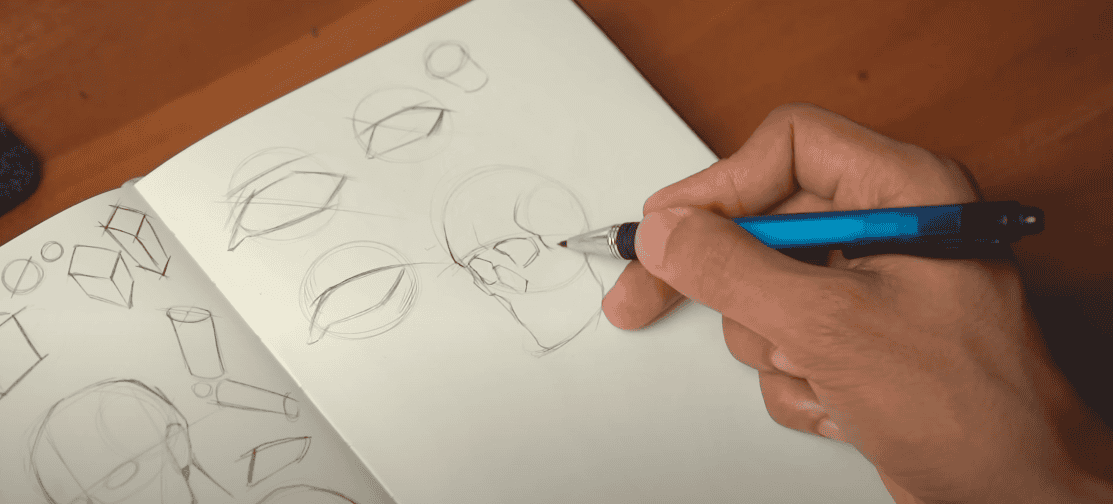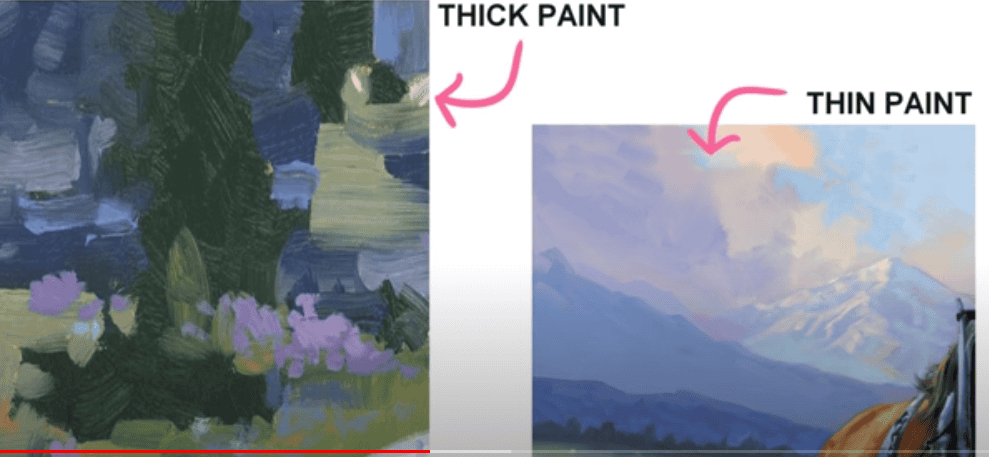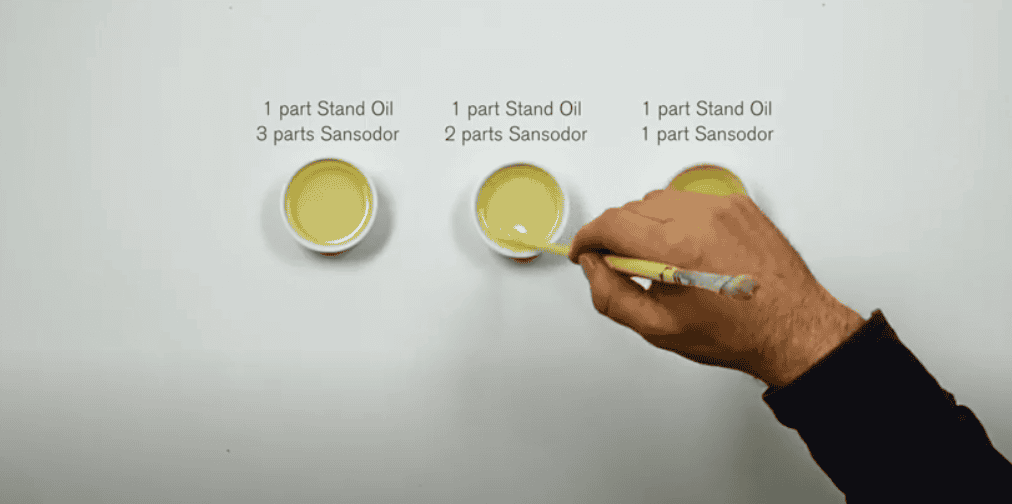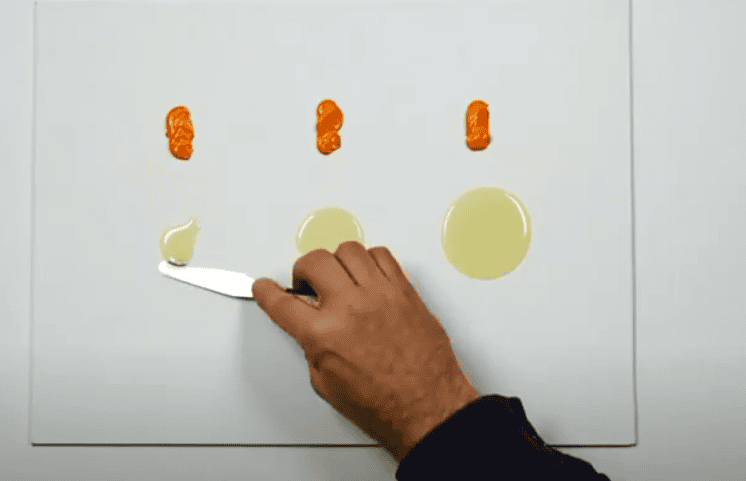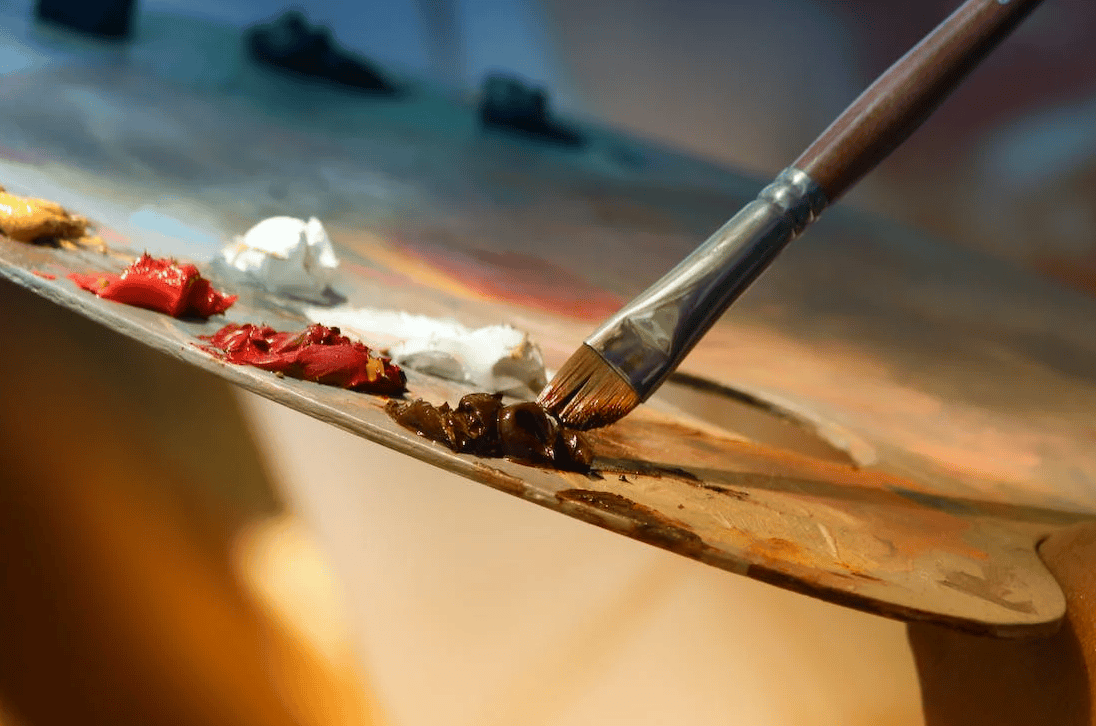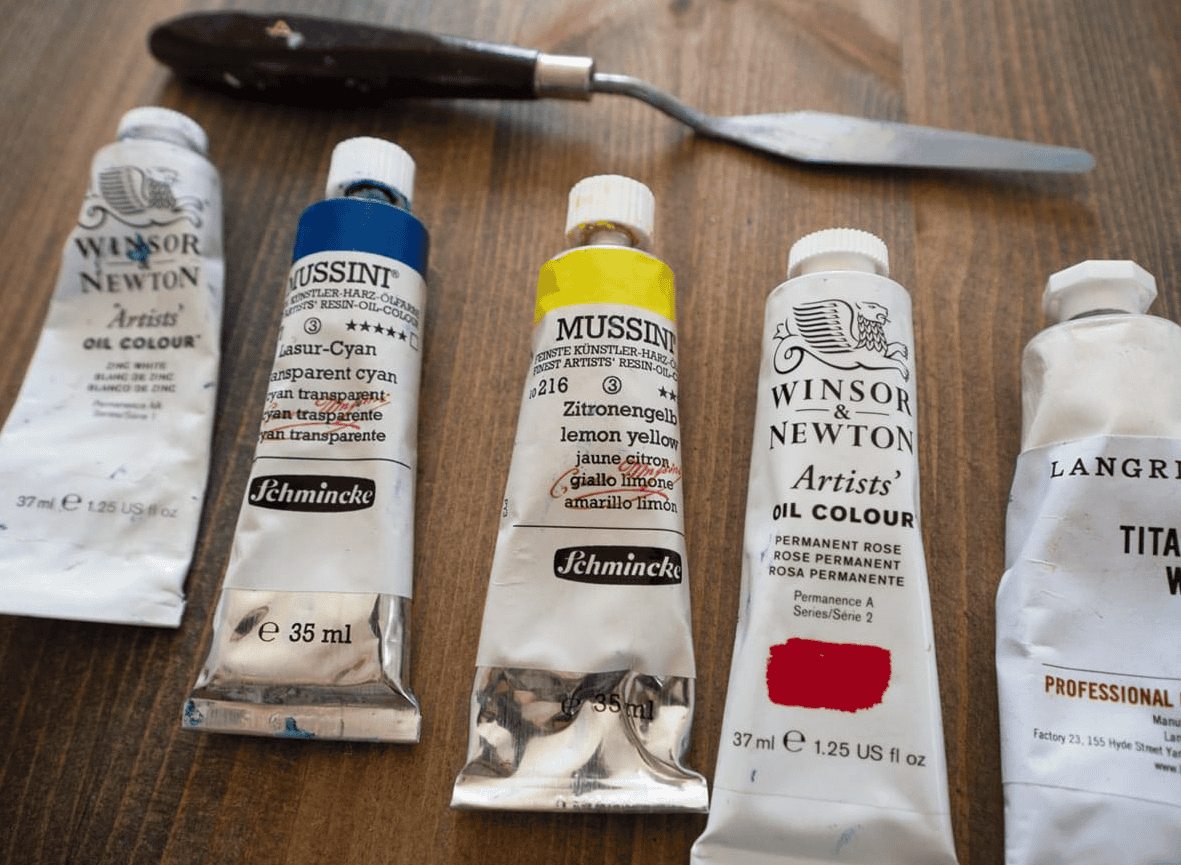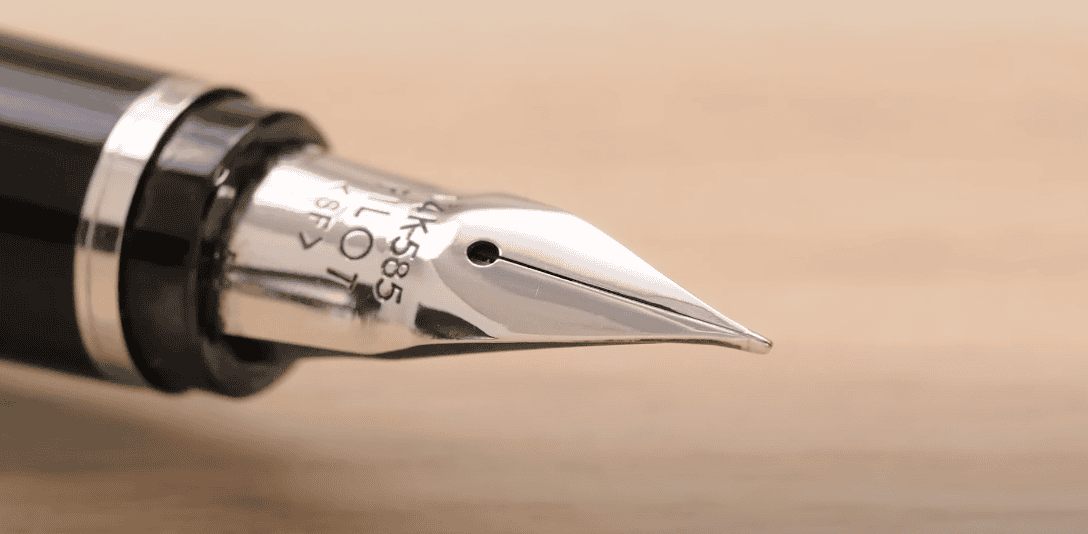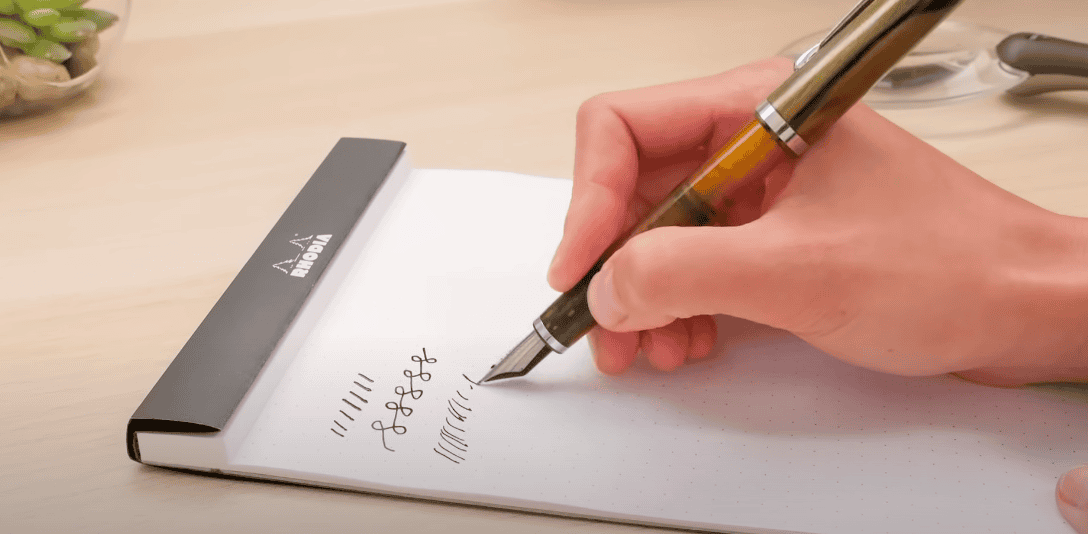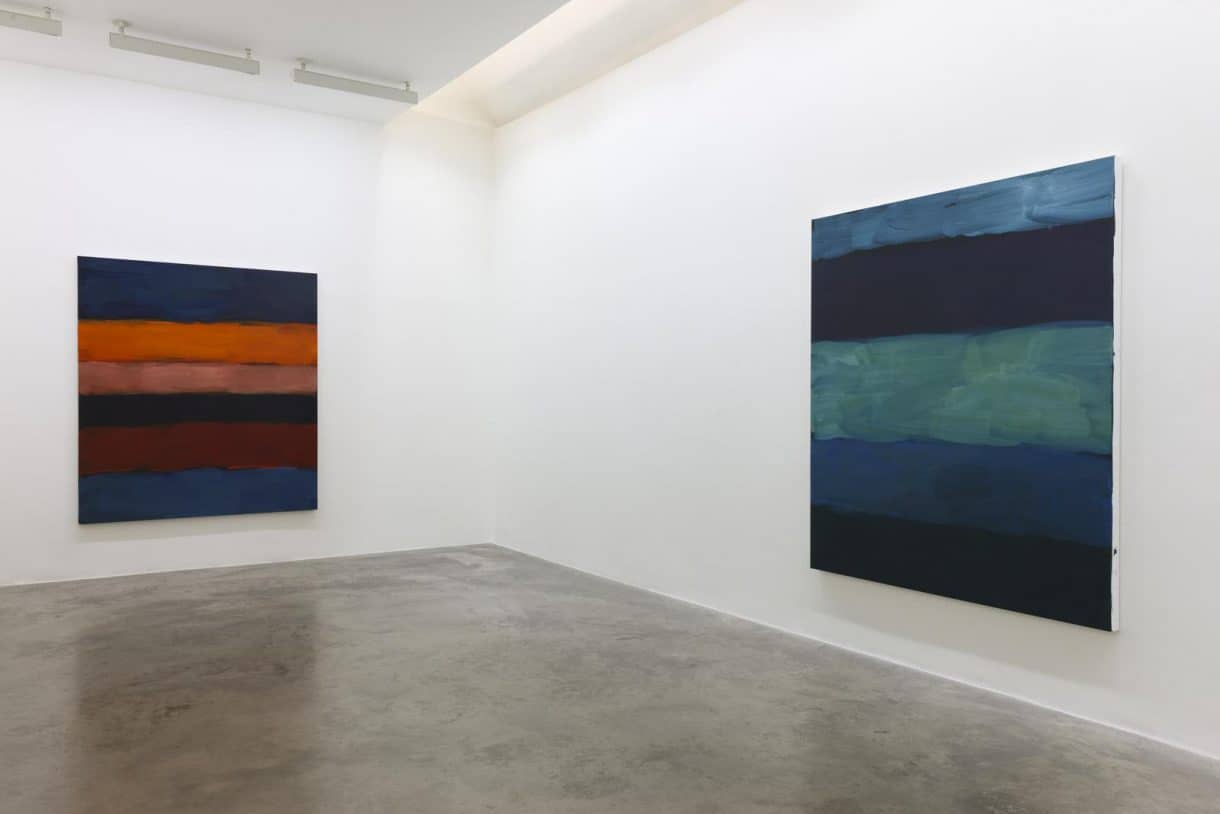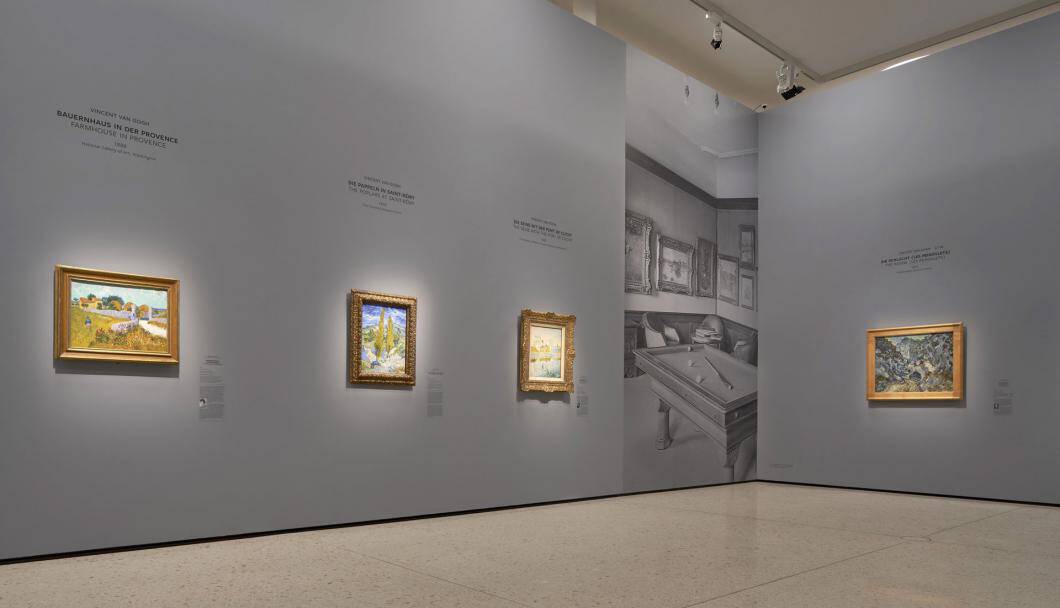
Art possesses an inherent ability to express thoughts, emotions, and perspectives in a compelling manner. Within the domain of visual arts, emphasis assumes a pivotal role in guiding the observer’s focus and generating a profound effect. By grasping the concept of emphasis, artists can manipulate various design elements and principles to steer the viewer’s gaze, convey their intended message, and evoke specific sentiments. In this discourse, we shall delve into the essence of emphasis in art, examine its profound significance, and scrutinize the diverse techniques employed by artists to imbue their creations with emphasis.
Comprehending Emphasis
Emphasis stands as a fundamental principle within the realm of art, encompassing the strategic utilization of visual techniques to accentuate particular elements, regions, or facets within an artwork. Through the application of emphasis, artists can skillfully direct the observer’s attention, establish a visual hierarchy, and augment the overall impact and significance of their artistic endeavors. This article aims to provide a comprehensive comprehension of emphasis, delving into its significance, techniques, and implications in the expansive world of art.
Importance of Emphasis
Emphasis holds immense significance in the realm of art, enabling artists to effectively express their intentions, direct the viewer’s interpretation, and convey the central message or theme of their creations. By accentuating specific elements, artists can establish focal points, instill visual tension, and maintain control over the narrative within the artwork. Emphasis aids in organizing the composition, drawing attention to particular details, and enriching the overall visual encounter for the viewer.
Methods for Establishing Emphasis
Artists employ a range of techniques to generate emphasis in their artwork. These techniques encompass:
- Contrast: Utilizing differences in color, value, shape, size, texture, or other visual elements to create a noticeable distinction between the emphasized element and the surrounding elements;
- Placement: Strategically positioning the emphasized element within the composition to ensure it occupies a prominent or central location, making it more visually commanding;
- Isolation: Separating the emphasized element from the rest of the composition by using negative space or framing techniques, which draw attention to its uniqueness and significance;
- Scale and Proportion: Employing variations in scale and proportion to make the emphasized element larger, smaller, or more exaggerated compared to other elements, thereby increasing its visual impact;
- Focus and Depth of Field: Manipulating focus and depth of field to create a sharp, clear focus on the emphasized element while allowing other elements to appear blurred or less defined;
- Repetition and Rhythm: Repeating certain visual elements, patterns, or motifs to emphasize their presence and create a sense of rhythm or visual harmony within the artwork.
Implications of Emphasis
Emphasis has several implications in art, both in terms of aesthetics and storytelling. Some of these implications include:
Directing Attention
Artists utilize various techniques to direct the viewer’s attention within their artwork, strategically guiding their gaze towards specific areas or elements. Emphasis is a powerful tool that enables artists to control the viewer’s visual journey and ensure that their eyes are drawn to particular focal points. This can be achieved through the implementation of composition techniques, such as the placement of elements, use of color, contrast, and scale.
Techniques for Directing Attention
| Technique | Description |
|---|---|
| Placement | Strategic positioning of elements to create a visual hierarchy |
| Color | Use of vibrant or contrasting colors to draw attention |
| Contrast | Variation in tones, textures, or shapes to create visual interest |
| Scale | Manipulating the size of elements to create emphasis |
| Leading lines | Utilizing lines to guide the viewer’s gaze towards specific areas |
| Point of focus | Establishing a central point of interest that demands attention |
Directing attention in artwork is crucial for artists to convey their intended message effectively. By employing techniques that create emphasis, artists can guide the viewer’s eye and ensure they focus on specific areas or elements within the artwork, allowing for a controlled and engaging visual experience.
Establishing Hierarchy
In the creation of artwork, establishing a visual hierarchy is essential for artists to communicate the relative importance or significance of different elements within the composition. This is achieved by emphasizing certain elements over others, effectively guiding the viewer’s understanding and interpretation of the artwork.
Techniques for Establishing Hierarchy
| Technique | Description |
|---|---|
| Size | Varying the size of elements to indicate their importance or dominance |
| Placement | Strategic positioning to create a sense of hierarchy and visual flow |
| Color | Using color to differentiate and prioritize elements |
| Contrast | Creating contrast through light and dark values to draw attention |
| Detail | Focusing on specific details to highlight their significance |
| Typography | Utilizing different fonts, sizes, and styles for text-based elements |
Establishing hierarchy in artwork is crucial for artists to effectively communicate the importance and relationships between different elements. By utilizing techniques such as size, placement, color, contrast, detail, and typography, artists can create a visual hierarchy that guides the viewer’s perception and enhances their understanding of the artwork.
Enhancing Meaning
Emphasizing specific elements within an artwork serves a deeper purpose by enriching the meaning and symbolism conveyed. By highlighting certain elements, artists can imbue them with significance, representing key themes, ideas, or emotions that contribute to the overall message of the artwork.
Techniques for Enhancing Meaning
| Technique | Description |
|---|---|
| Symbolism | Using symbolic representations to convey abstract or complex ideas |
| Metaphor | Employing metaphors to evoke specific emotions or concepts |
| Iconography | Incorporating culturally significant symbols or imagery |
| Composition | Arranging elements in a deliberate manner to reinforce the intended meaning |
| Narrative | Telling a story or depicting a sequence of events to convey meaning |
| Contrast | Employing contrasting elements to evoke tension or highlight juxtaposition |
Emphasizing specific elements in artwork goes beyond mere aesthetics and serves to enhance the meaning and symbolism portrayed. Through techniques like symbolism, metaphor, iconography, composition, narrative, and contrast, artists can deepen the emotional and conceptual impact of their work, allowing viewers to engage with the artwork on a more profound level.
Creating Impact
Emphasis plays a vital role in the creation of powerful and impactful visual experiences within artwork. By skillfully applying emphasis, artists can capture the viewer’s attention and leave a lasting impression. This ability to create impact is achieved through various techniques that draw the viewer’s focus and evoke strong emotional responses.
Techniques for Creating Impact
| Technique | Description |
|---|---|
| Contrast | Utilizing stark contrasts to create visual tension and grab attention |
| Scale | Manipulating the size of elements to create a sense of grandeur or intensity |
| Color | Employing bold or vibrant colors to evoke strong emotions and stimulate senses |
| Composition | Arranging elements in a dynamic or unconventional manner to create intrigue |
| Texture | Incorporating textured surfaces to add depth and tactile interest |
| Movement | Depicting dynamic or kinetic elements to evoke a sense of energy and action |
Emphasis is a powerful tool that enables artists to create impactful visual experiences that resonate with viewers. By employing techniques like contrast, scale, color, composition, texture, and movement, artists can capture attention, evoke strong emotions, and leave a lasting impression on the viewer’s mind. This ability to create impact enhances the overall effectiveness and memorability of the artwork.
Emphasis is a vital technique in the realm of art that enables artists to effectively communicate their intentions, guide the viewer’s perception, and enhance the overall impact of their work. By employing various techniques such as contrast, placement, isolation, scale, and proportion, artists can create a visual hierarchy, direct attention, and convey meaning within their compositions. Emphasis adds depth, intrigue, and visual engagement to art, enriching the viewer’s experience and facilitating a deeper understanding and appreciation of the artist’s message.
Importance of Emphasis in Art
Emphasis plays a crucial role in the world of art, serving several key purposes that enhance the overall impact and effectiveness of a piece. Here are some reasons why emphasis is essential:
- Directing the Viewer’s Attention: Emphasis allows artists to take control of the viewer’s gaze, guiding them towards specific elements or areas within the artwork. By strategically placing emphasis, artists can ensure that the viewer focuses on the most significant aspects, effectively conveying their intended message and creating a sense of visual flow;
- Creating Visual Impact: Emphasizing certain elements adds visual interest and impact to a composition. By drawing attention to specific areas, artists can create focal points that captivate the viewer’s gaze and evoke a sense of drama, dynamism, or intrigue. This visual impact enhances the overall composition and leaves a memorable impression on the viewer;
- Conveying Meaning and Emotion: Emphasis is a powerful tool for artists to communicate meaning, emotions, narratives, and themes. By emphasizing specific elements, artists can convey their intended message more effectively, whether it’s expressing a particular emotion, telling a story, or exploring deeper themes. Through emphasis, artists can evoke specific feelings and engage the viewer on an emotional level.
Emphasis is of utmost importance in art. It allows artists to direct the viewer’s attention, create visual impact, and convey meaning and emotion. By skillfully employing emphasis, artists can enhance the overall effectiveness and resonance of their artwork, ensuring a captivating and meaningful experience for the viewer.
Conclusion
Emphasis is a fundamental concept in art that allows artists to direct the viewer’s attention and create impact within their works. By employing various techniques such as contrast, color, scale, and placement, artists can emphasize specific elements or areas, thereby conveying meaning, evoking emotions, and enhancing the overall visual appeal. Through the skillful use of emphasis, artists can guide the viewer’s gaze, tell a compelling story, and leave a lasting impression.
Whether it’s through the bold contrast of light and dark, the vibrant hues that ignite emotions, or the strategic placement of focal points, emphasis breathes life into artworks and transforms them into powerful and engaging experiences. It is through the intentional use of emphasis that artists harness the potential to create art that resonates deeply with viewers, capturing their attention and inviting them on a visual journey that lingers in their minds long after they have encountered the artwork.
FAQS
Yes, artists often combine different techniques to create a stronger sense of emphasis. For example, they may use contrast in color, scale, and placement to draw attention to a specific element.
No, emphasis can be placed on multiple elements or areas within an artwork. The key is to create a visual hierarchy that guides the viewer’s gaze effectively.
Emphasis helps in organizing the composition and creating a focal point. It adds structure, balance, and depth to the artwork, enhancing its visual appeal.
While there are no rigid rules, artists should consider the intended message, emotions, and impact they want to achieve when employing emphasis. Experimentation and personal expression play a significant role in determining how emphasis is utilized.

